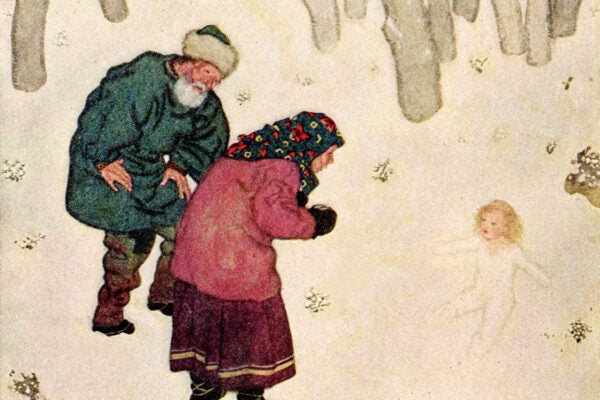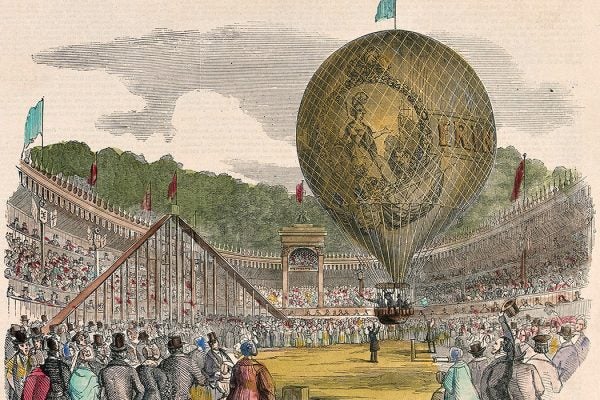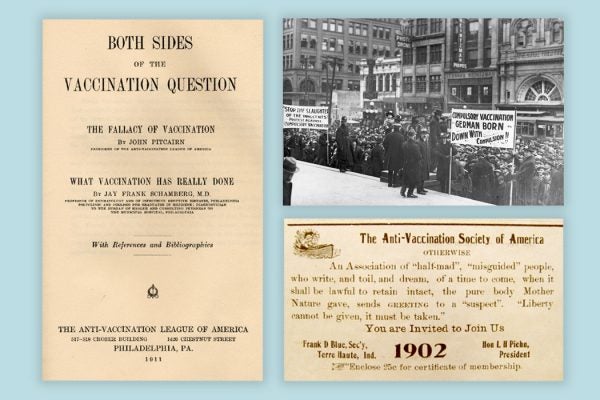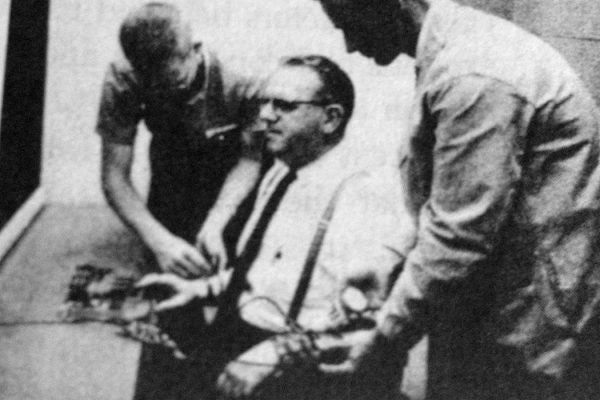Edmund Dulac’s Fairy Tales Go to War
One of the best-known illustrators of the “golden age of children’s gift books,” Dulac was also a subtle purveyor of Allied propaganda during the Great War.
Imperial Science and the Company’s Museum
The East India Company’s London museum stored the stuff of empire, feeding the growth of new collections-based disciplines and scientific societies.
Hot Air Balloon Launch Riot!
In the early days of ballooning, launches were prone to failure. When failure looked imminent, the crowd’s mood would begin to turn.
Why the History of Science Should Matter to Scientists
Two historians consider the field of taxonomy to ask what history can provide science at the bench level.
How Ornithologists Figured Out How to Preserve Birds
A very nineteenth-century-science problem: lots of decaying avian specimens.
Vaccine Hesitancy in the 1920s
As Progressive Era reforms increased the power of government, organized opposition to vaccination campaigns took on a new life.
The Invention of the Test Tube
Chemists learned to blow their own glass vessels in the nineteenth century. It definitely beat using wine glasses.
The Hidden Meaning of a Notorious Experiment
In Stanley Milgram's studies of obedience, people believed they were giving shocks to others. But did their compliance say much about the Nazis?
Dry Ice Will Help Keep COVID-19 Vaccines Cold
A brief history of dry ice, aka solid carbon dioxide, shows why some coronavirus vaccines will benefit from its use.
Our Long-Running Love Affair with Pigeons
Through crazes of pigeon-fancying, these birds have been reshaped into a dizzying variety of forms.









